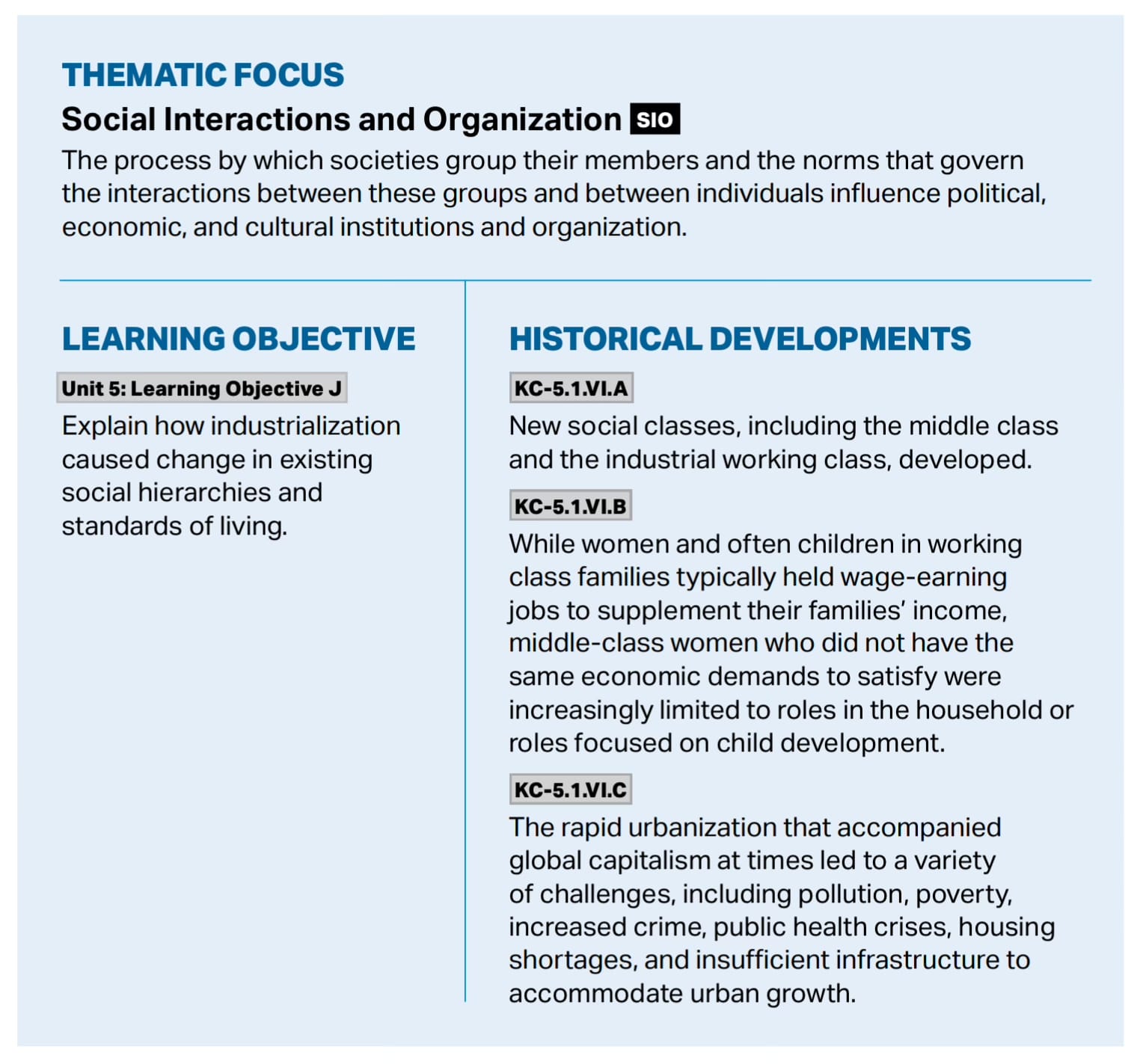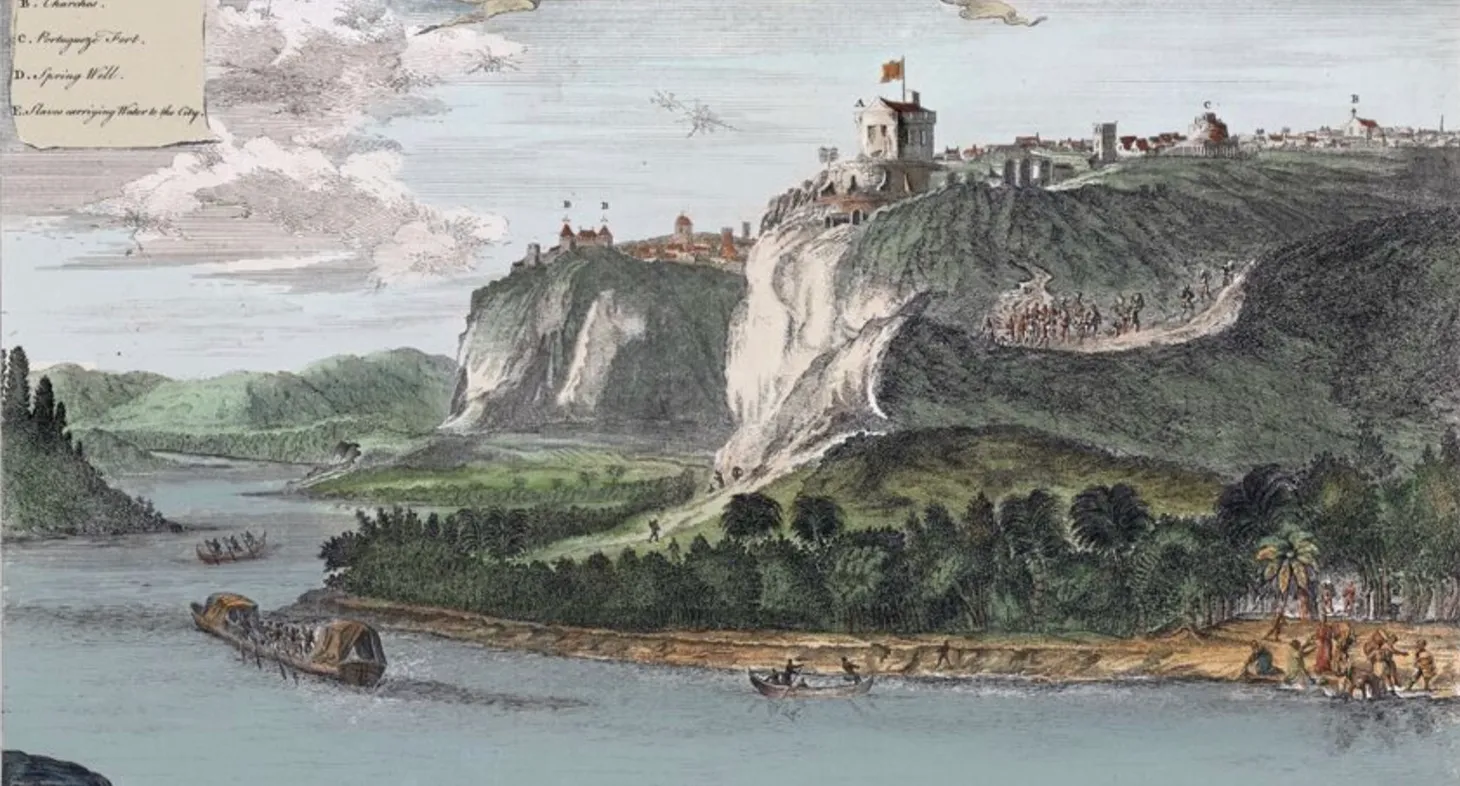“The Totally Planless Construction”: Teaching Nineteenth-Century Urbanization
Discussion of teaching nineteenth-century urbanization


Nineteenth-century industrialization and global capitalism contributed to rapid urbanization worldwide. European industrial cities sprung up where there had previously been villages. The development of new mining centers and ports also contributed to rapid industrialization. Because these cities were rapidly built to accommodate a growing population, there were often many problems with the cities.
The Source
This Content is for Subscribers on the Buy Me Lunch and Buy Me Dinner tiers
SubscribeAlready have an account? Log in



